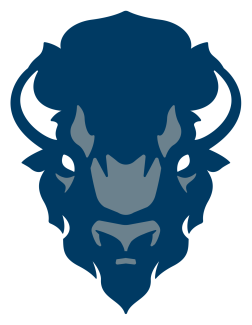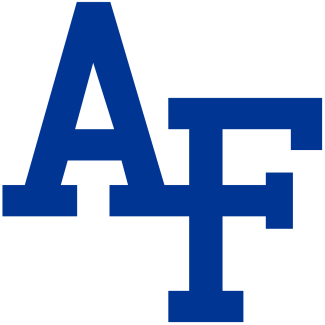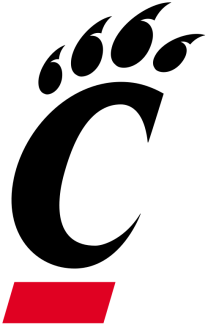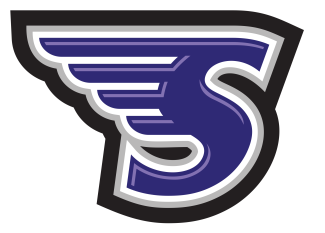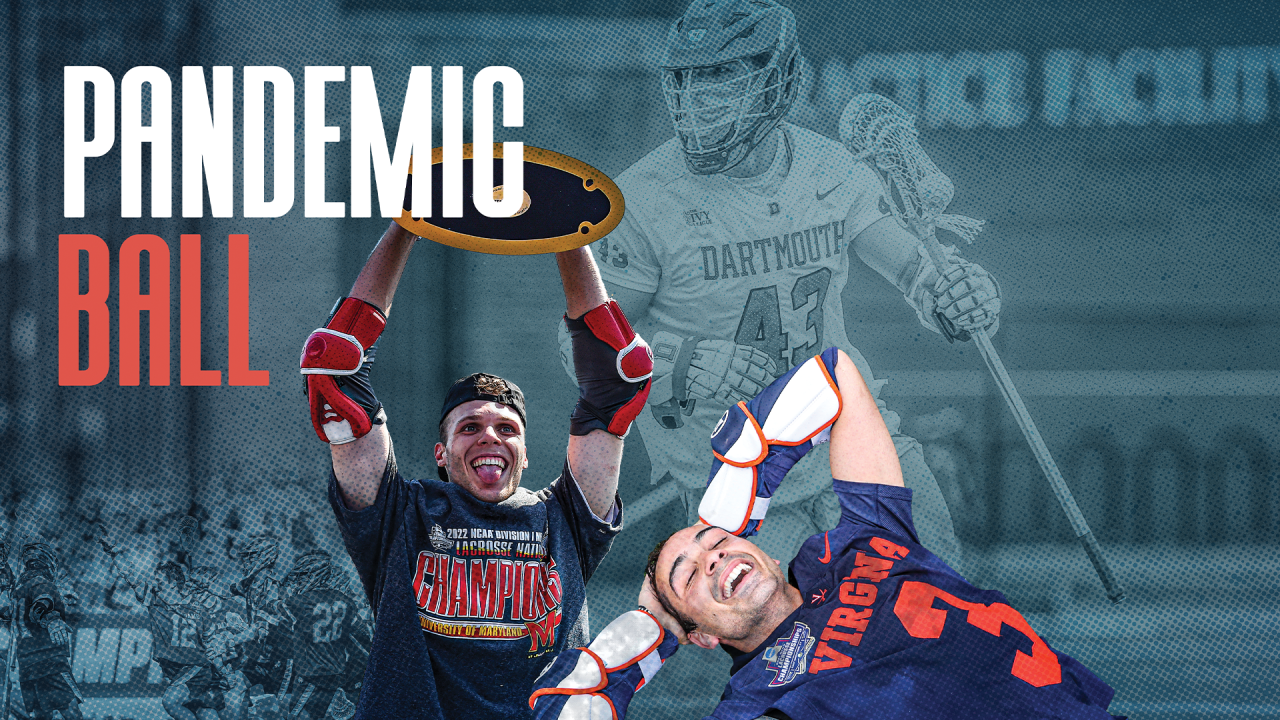Not far down the list of 21st-century developments that helped the spread of college lacrosse is the launch of ESPNU in 2005. At the time, the network’s tagline was, “Never graduate.”
College lacrosse, which would ultimately provide hundreds of hours of broadcast inventory in the nearly two decades since, has truly embraced that slogan in the years since the pandemic truncated the 2020 season.
It is far from the only college sport to be transformed in some fashion since the world shut down four years ago and the NCAA issued blanket waivers for an extra year of eligibility. The reality of five-year college careers has unfolded simultaneously with the legalization of pay-for-play at the college level (aka name, image and likeness deals) and the ubiquity of the transfer portal (in effect, unrestricted free agency).
“You have to feed the beast," Virginia coach Lars Tiffany said, "the beast being Duke, Notre Dame, Virginia in some ways."
So, what exactly can be made of this run of loaded and/or supersized rosters? First things first: No one’s taking away the championships Virginia (2021), Maryland (2022) and Notre Dame (2023) have won. Nor should anyone begrudge whoever heaves their sticks to the heavens in Philadelphia this May.
“When you have 23-, 24-year-old men playing with a lot of experience, it’s going to make your team better,” Georgetown coach Kevin Warne said. “I don’t foresee it being an asterisk.”
Yet elements of each title run are inextricably rooted in pandemic-era ball, and the additions and absences it caused.
Virginia navigated a spring when vaccines were only just becoming available, and restrictions were in full effect. The Cavaliers didn’t have to deal with threats from the Ivy League, which sat out the season, but they also conquered unusual conditions to earn a repeat title in unorthodox fashion.
The undefeated Terrapins of 2022 were an offensive juggernaut. Tewaaraton winner Logan Wisnauskas was in his sixth year (he redshirted a year at Syracuse), as was midfielder Anthony DeMaio. Jonathan Donville (Cornell) and Keegan Khan (Villanova) were graduate transfers. Maryland zipped the ball around like a pro offense in part because so many of its players would have been pros by then in another era.











